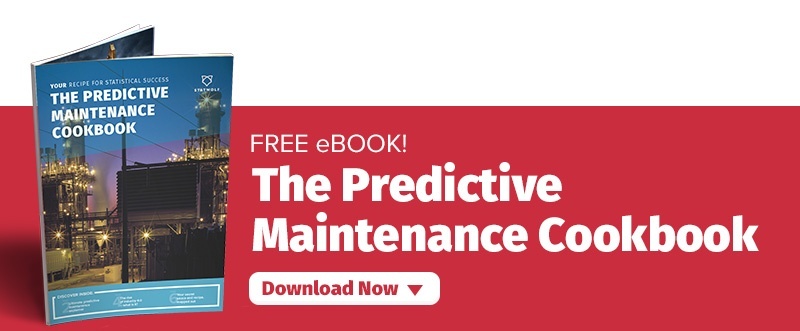How machine learning can improve the human experience in your business
In the modern business world, many phrases are overused to the point of tedium. ‘Big Data’ was the buzzword of recent years following the boom of ‘automation’ and ‘downsizing’. However, ‘machine learning’ is the latest phrase to pop into public consciousness – or at least into the consciousness of those in the habit of reading business books and literature.
Machine learning comes with a layer of mistrust: people sometimes think that machines are going to replace humans like some cheap science-fiction novel. But the experts in the field say that this isn’t the case at all.
Human creativity and ingenuity are going to be even more valuable moving forward. Instead, machine learning will take on some of the more mundane or routine tasks that humans currently do.
Saving hundreds of thousands of hours
A perfect illustration of this approach is in the processes of one of the world’s leading financial companies, JP Morgan. Reviewing commercial loan applications was one of the most challenging tasks that JP Morgan’s legal team faced.
A typical commercial loan agreement can contain thousands of clauses and can run anywhere up to 500 printed pages. Each phrase would have to be examined by the bank’s legal team.
JP Morgan estimated that its team of lawyers and loan officers spent 360,000 hours per year reviewing these documents. In terms of man hours, this averages out at around 12,000 new contracts each year. JP Morgan implemented a machine learning system called COIN (Contracts Intelligence), that “reviews documents in seconds, is less error-prone and never asks for vacation.”
The work COIN undertook was tedious and inefficient for highly-trained lawyers and loan managers. Machine learning helped to replace the most tedious part of their jobs. But machine learning isn’t just useful for troves of data.
Udacity – a for-profit online university that specialises in massive open online courses (MOOCs) – used machine learning to improve the human’s role within their sales stream. The co-founder of Udacity, Sebastian Thrun, noticed a pattern when it came to his sales team. He spotted that some individuals had a far higher success rate when it came to answering questions in Udacity’s inbound chatroom than others.
It’s not about replacement, it’s about enhancement
Thrun thought about the process and realised that the chatroom logs contained the perfect set of data. Thrun and his team simply labelled all the successful chats (i.e. chats that lead to a sale) as wins and everything else got the ‘irrelevant’ label.
The data predicted the responses that the successful salespeople would give to the most frequent inquiries. These predictions were shared out amongst the sales team and “after 1,000 training cycles, the salespeople had increased their effectiveness by 54 percent and were able to serve twice as many customers at a time.”
Machine learning helped the staff to increase their skills and efficiency – and for salespeople on commission, it also put more money in their pockets. A definite win all around for the human experience in Udacity!
The subject is perhaps best summed up by the Harvard Business Review. “The most effective rule for the new division of labour is rarely, if ever, ‘give all tasks to the machine’,” it says. “Instead, if the successful completion of a process requires 10 steps, one or two of them may become automated while the rest become more valuable for humans to do.”
The challenge for business management is identifying the tasks that are ripe for automation to enable staff to concentrate on more productive and profitable jobs. Data is often siloed away such that creative thinkers don’t even know it exists – so they haven’t a chance to come up with creative uses for it.
According to the New York Times, data scientists “report spending upwards of 50–80 percent of their time mired in the ‘data wrangling, data munging, and data janitor work’ required to prepare data for analysis.”
If that time can be given over to machine learning, the possibility emerges for increased efficiency, creativity and productivity – and what company wouldn’t want that?
Do you want to use machine learning to make your workers more productive?
If you want to harness the power of artificial intelligence in your business, Statwolf’s data science service can help, with advanced online data visualisation and analysis simply running in your web browser.
We have used a range of custom services to suit our customers’ needs including advanced data analysis and modelling, custom algorithm creation and implementation as well as predictive maintenance.
Our advanced data science consultancy can team up with you to interpret your data and make your business work more efficiently so get in touch today to unleash your business’ potential.
Want to make sense of your data? Download our comprehensive guide: The Pedictive Maintenance Cookbook.



